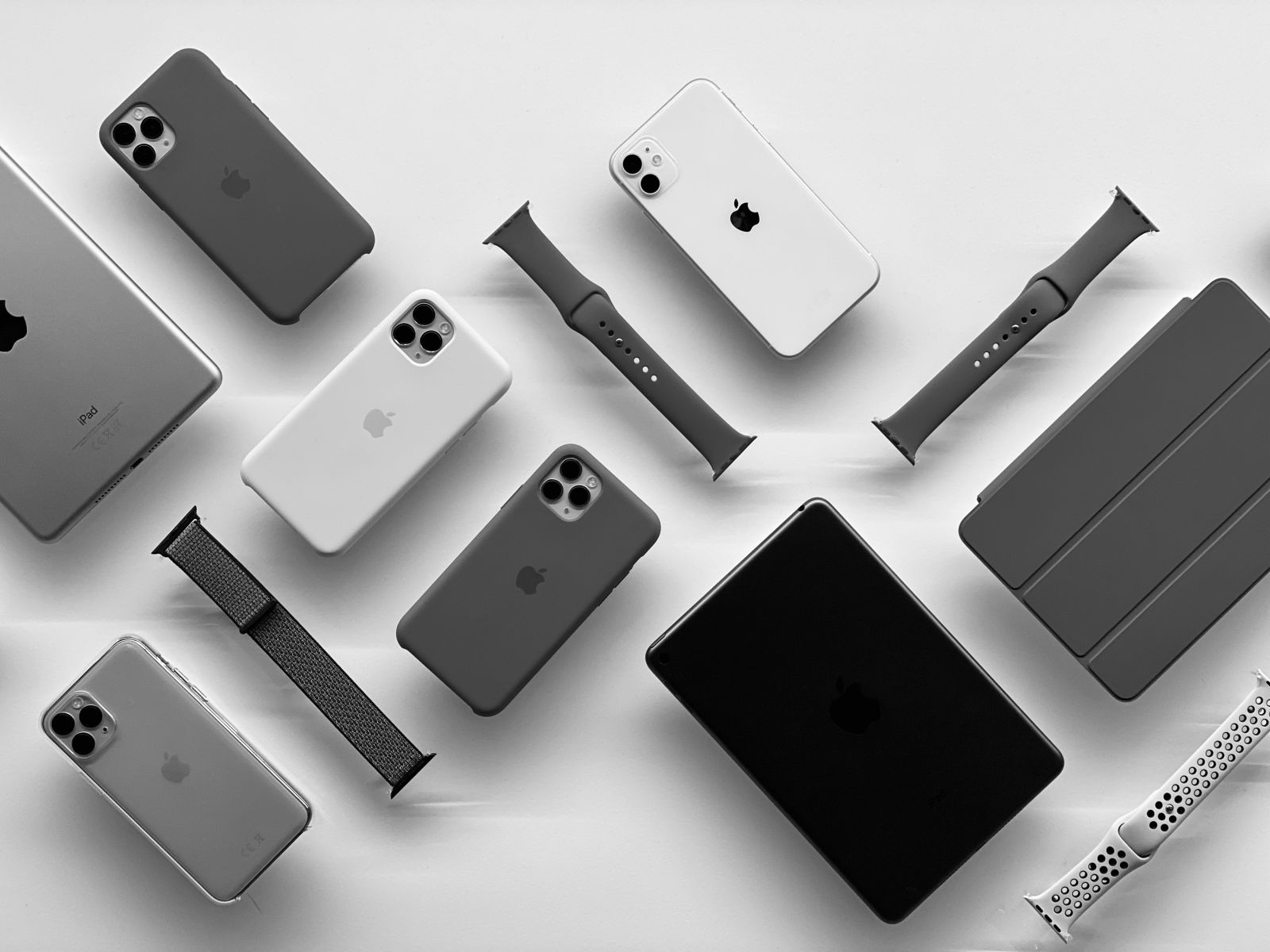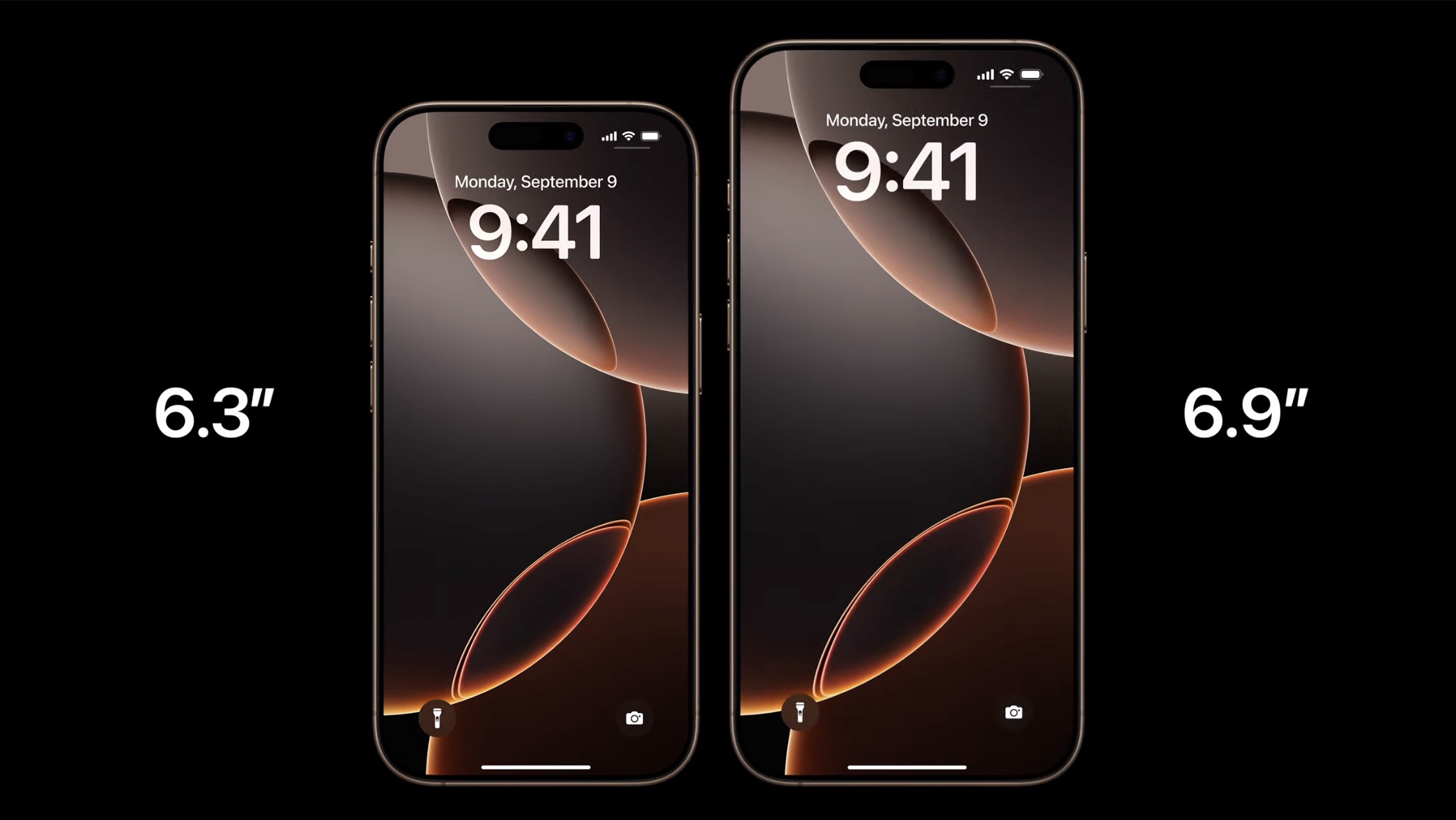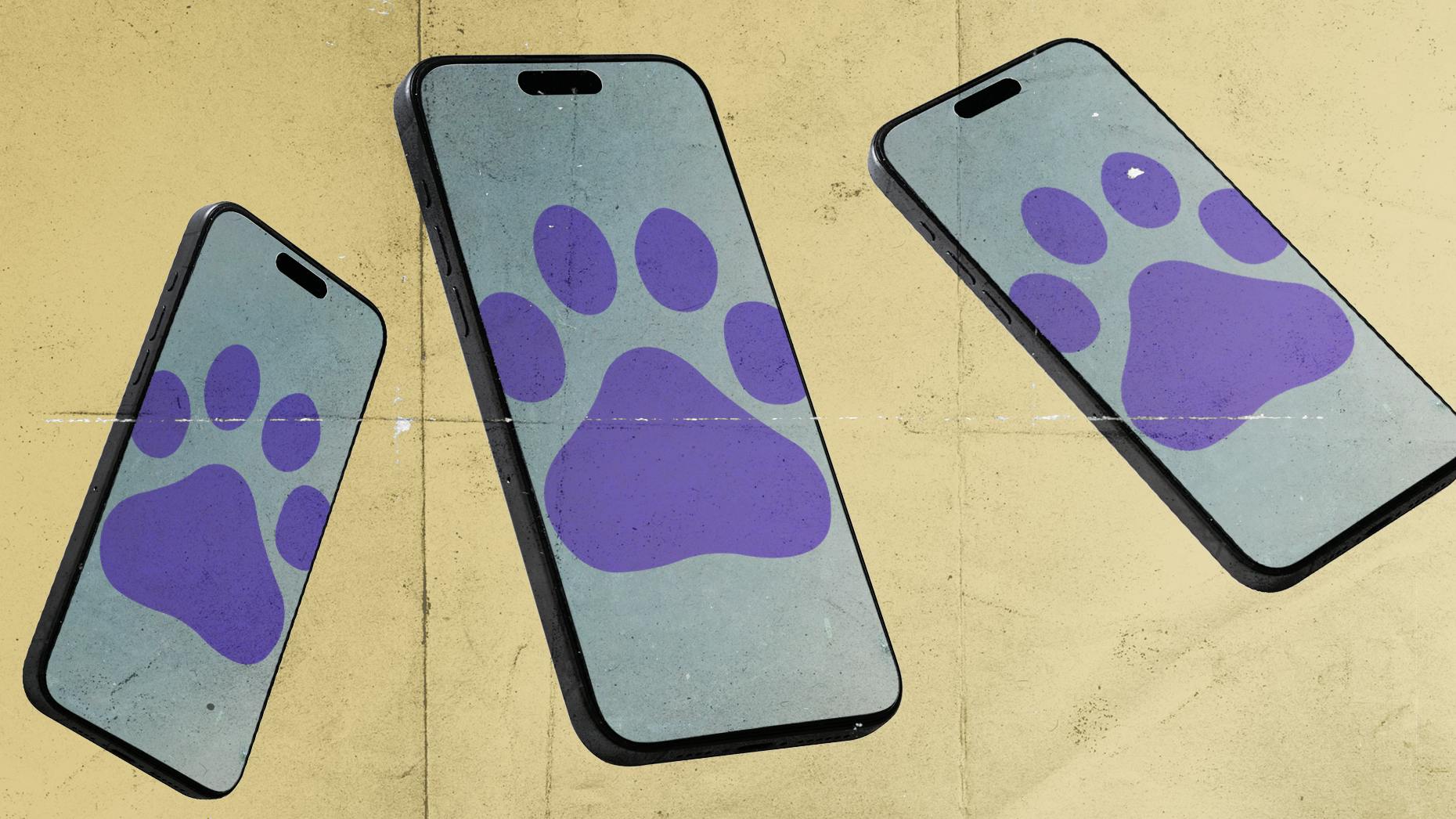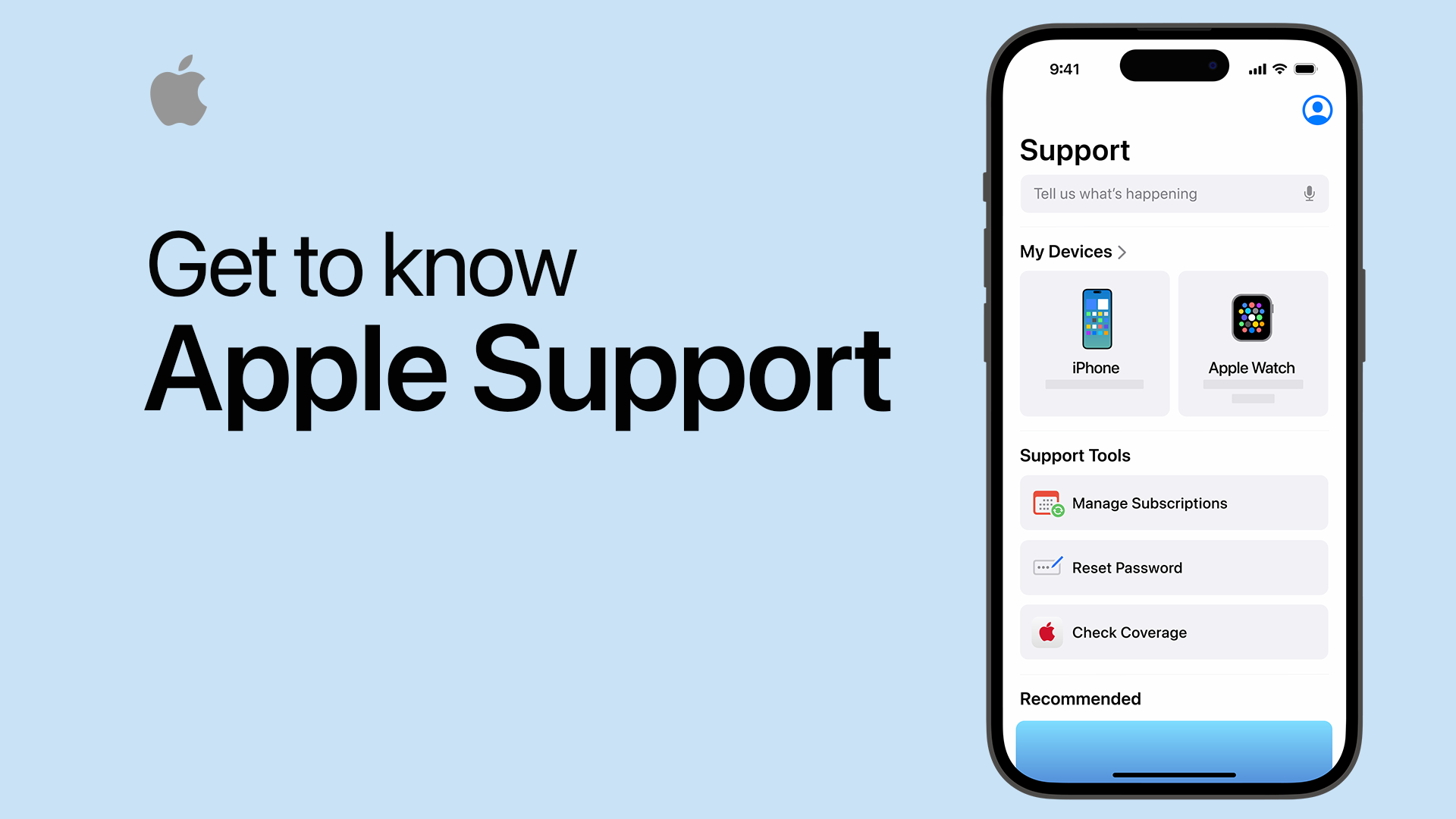
Unraveling the AAPL Company – A Deep Dive into Innovation and Strategy
AAPL Company, known to most as Apple Inc., is not just a tech giant; it’s a cultural phenomenon. Founded in 1976, Apple has consistently pushed the boundaries of technology with its innovative products and unique business strategies. By exploring the inner workings of the AAPL Company, we can gain insights into their flagship products like the iPad, Mac, and iPhone, as well as their pioneering approach to patents that safeguard their technological advancements.
AAPL Company

At the core of the tech world lies the AAPL Company, which has transformed how we interact with technology over the past several decades. What started as a small computer business has evolved into one of the most influential enterprises globally, shaping consumer behavior and influencing industry trends.
Apple’s philosophy hinges on creating premium products designed for user experience. This commitment to quality has garnered a loyal customer base that often views Apple as a lifestyle choice rather than just a brand. The company’s ability to blend design with functionality has kept it ahead of its competitors, setting high standards in various sectors.
The company’s ecosystem—comprising hardware, software, and services—creates seamless experiences for users across multiple devices. This interconnectedness is a significant driver behind Apple’s success, allowing them to capture various markets while maintaining a distinct identity. In this section, we will explore the historical background, the evolution of its product line, and the strategic vision that continues to propel the AAPL Company forward.
Historical Background
Apple’s journey began with Steve Jobs, Steve Wozniak, and Ronald Wayne, who co-founded the company in a garage in California. The first product, the Apple I, was a revolutionary step in personal computing, but it was the Apple II that truly established the company in the market. The introduction of the Macintosh in the 1980s marked another milestone, blending a graphical user interface with personal computers.
The company faced challenges throughout the late 1990s, including financial difficulties and aggressive competition. However, the return of Steve Jobs as CEO in 1997 catalyzed a significant turnaround. Under his leadership, Apple embraced innovative marketing strategies and launched groundbreaking products such as the iPod, iPhone, and iPad. These innovations solidified Apple’s position as a leader in technology, paving the way for an era of mobile computing.
Product Line Evolution
The evolution of Apple’s product line illustrates not only technological advancement but also a shift in consumer culture. The AAPL Company has adapted to market demands by introducing new categories while refining existing ones. Each product launch isn’t merely about releasing a newer version; it represents a deeper understanding of what consumers want in terms of functionality and design.
For instance, the iPhone revolutionized smartphones, focusing on a user-friendly interface, seamless integration with other Apple products, and strong aesthetic appeal. Meanwhile, the iPad created a new niche between smartphones and laptops, establishing the tablet market. Apple’s Mac line continues to evolve with improvements in performance and graphics, catering to creative professionals and general consumers alike.
Strategic Vision
Apple’s strategic vision revolves around innovation, quality, and user experience. Tim Cook, who succeeded Steve Jobs, has continued to emphasize these values while also focusing on sustainability and privacy. Cook’s leadership has led to initiatives aimed at reducing Apple’s carbon footprint and enhancing users’ security.
Moreover, the company’s relentless pursuit of RD ensures that they remain competitive in an ever-changing market. Investments in artificial intelligence, augmented reality, and health technology signify that the AAPL Company is not just a tech leader but also a pioneer in frontier technologies.
IPad

The iPad is more than just a device; it has redefined how we perceive tablets and their functionality within our daily lives. Launched in 2010, the iPad has undergone numerous iterations, each improving upon its predecessor while expanding its capabilities. The device serves various segments—from education to gaming and professional work—making it versatile for different user needs.
In this section, we will delve into the evolution of the iPad, its impact on various industries, and its role within the broader context of the AAPL Company’s product ecosystem.
Evolution of the iPad
From its inception, the iPad has experienced significant transformations. The initial model set the stage for a new category of devices, boasting a larger screen than the iPhone while retaining a sleek, portable design. Subsequent versions introduced enhancements such as improved displays, faster processors, and support for accessories like the Apple Pencil and Smart Keyboard.
Each iteration aims to address user feedback and leverage advancements in technology. For instance, the introduction of the iPad Pro elevated expectations around performance and productivity, positioning it as a legitimate alternative to traditional laptops for creatives and professionals.
Impact on Industries
The iPad has made substantial inroads into various industries, notably education, healthcare, and entertainment. In classrooms, teachers use iPads to create interactive learning environments, engaging students in ways traditional methods cannot. Educational apps tailored for the iPad enhance learning outcomes, making subjects more accessible and enjoyable.
In healthcare, professionals utilize the iPad for patient management, telemedicine, and even surgery assistance. The device’s portability and ease of use allow doctors and nurses to access important information promptly, improving patient care efficiency.
Furthermore, the iPad has transformed entertainment consumption. With streaming platforms optimizing content for tablet screens, users enjoy movies, games, and books in an immersive format that enhances the overall experience.
Role in the AAPL Ecosystem
Within the AAPL Company ecosystem, the iPad plays a crucial role in connecting users with other Apple products. Seamless synchronization with devices like the iPhone and Mac creates a cohesive user experience. Features such as Handoff, Universal Clipboard, and AirDrop facilitate smooth transitions between devices, reinforcing the idea that all Apple products are designed to work harmoniously.
Additionally, the presence of the App Store on the iPad allows users access to millions of applications tailored specifically for their needs, further integrating the device within their lifestyle.
Mac

The Mac line of computers represents Apple’s long-standing commitment to quality and innovation in personal computing. Beginning with the original Macintosh in 1984, Macs have evolved significantly, adapting to changing user needs and advancements in technology.
This section will examine the history of the Mac, its various models and targeted users, and the influence it has had on personal computing over the years.
History of the Mac
The Macintosh introduced concepts that are now staples in modern computing, such as a graphical user interface and mouse navigation. Over the years, the Mac lineup diversified, showcasing models like the MacBook Air, MacBook Pro, and iMac, each targeting specific market segments.
In recent years, Apple has transitioned from Intel processors to its own Apple Silicon chips, marking a significant shift in performance and energy efficiency. The M1 chip’s introduction has allowed the Mac to achieve unprecedented power while maintaining a compact design, demonstrating Apple’s prowess in engineering and design.
Targeted Users
The Mac caters to various users—from casual individuals to creative professionals and corporate clients. Graphic designers and video editors favor the Mac for its robust performance and superior display quality. The integration of creative software optimized for macOS reinforces its status as a go-to platform for professionals in visual arts.
Conversely, Apple has also made strides in attracting general consumers. The MacBook Air, for example, offers portability, battery life, and affordability, appealing to students and everyday users. This diverse product range ensures that the AAPL Company remains accessible to a broad audience while maintaining its reputation for premium quality.
Influence on Personal Computing
The impact of the Mac on personal computing cannot be overstated. Apple has played a pivotal role in reshaping user expectations for design, functionality, and ease of use. The introduction of features such as Continuity and Sidecar reflects Apple’s commitment to creating a unified experience across devices.
Moreover, the Mac has influenced how software is developed. The emphasis on security, privacy, and user experience has driven developers to create applications that resonate with users, ultimately leading to higher-quality software across the board.
IPhone
The iPhone is arguably the flagship product of the AAPL Company, having fundamentally transformed the smartphone industry since its debut in 2007. Beyond being a communication device, the iPhone embodies a lifestyle choice and signifies innovation and status.
In this section, we will explore the evolution of the iPhone, its technological advancements, and the cultural phenomena surrounding this iconic device.
Evolution of the iPhone
The iPhone has undergone remarkable changes since its launch. Initially, it combined a phone, an iPod, and an Internet communicator into a single device. Each subsequent release introduced new features, improved performance, and enhanced user interfaces.
With innovations such as Face ID, advanced camera systems, and powerful processors, the iPhone continually adapts to consumer demands and emerging technologies. The introduction of diverse models like the iPhone SE and iPhone Pro provides options catering to varying price points and functionalities, ensuring that everyone can find a suitable device within the lineup.
Technological Advancements
Technological advancements associated with the iPhone extend beyond hardware. The software ecosystem surrounding the device has evolved, with regular updates and enhancements keeping the operating system fresh and functional. Apple’s focus on privacy and security has set industry standards, bolstering user trust.
Moreover, features such as Augmented Reality (AR) capabilities, artificial intelligence, and machine learning tools have expanded the potential uses of the iPhone. Applications powered by AR are transforming industries like retail, education, and entertainment, creating immersive experiences that enrich users’ lives.
Cultural Phenomena
The iPhone has transcended its function as a mere device; it has become a symbol of culture and lifestyle. The term “iPhone photography” highlights how users harness the device’s capabilities to create stunning images, democratizing photography and enabling social sharing.
Additionally, the iPhone has spawned a vibrant third-party accessory market, ranging from cases to specialized lenses. This ecosystem further emphasizes the device’s cultural significance and user engagement.
Patents
Patents are critical to the AAPL Company as they protect the innovations that define their products. Apple invests heavily in research and development, resulting in a portfolio rich with patents that secure its technological advancements and maintain its competitive edge.
In this section, we will investigate the importance of patents for Apple, the types of patents they hold, and the implications of their patent strategy in the tech industry.
Importance of Patents
Patents serve as a protective barrier for innovation, granting exclusive rights to inventors and companies over their creations. For the AAPL Company, patents are essential in safeguarding intellectual property against competitors, ensuring that its proprietary technologies remain unique.
Moreover, patents act as a revenue stream through licensing agreements. Companies seeking to utilize Apple’s patented technologies must negotiate terms, providing Apple with additional income that aids in funding further innovation.
Types of Patents
Apple’s patent portfolio covers a wide breadth of technologies, from hardware designs to software algorithms. Utility patents cover functional aspects of inventions, while design patents safeguard the aesthetic elements of products. Furthermore, Apple holds patents related to unique features such as Face ID, gesture control, and the tactile experiences of devices.
The diversity of patents exemplifies Apple’s commitment to innovation across various fields. Such a strategy mitigates risk by protecting not only current products but also future technologies still in the conceptual stage.
Patent Strategy in the Tech Industry
Apple’s proactive patent strategy sets a precedent within the tech industry. The company is known for vigorously defending its patents, frequently engaging in litigation to protect its interests. High-profile cases with competitors like Samsung underscore the lengths to which Apple will go to defend its innovations.
However, Apple’s patent practices are not without controversy. Critics argue that aggressive enforcement stifles competition and limits innovation. The balance between protecting intellectual property and fostering a collaborative environment remains a contentious issue.
Conclusion
The AAPL Company has profoundly shaped technology and culture through its relentless pursuit of innovation and quality. By examining its flagship products—the iPad, Mac, and iPhone—alongside its strategic approach to patents, we gain valuable insights into what makes Apple a leader in the tech industry. Their ability to adapt, innovate, and create a connected ecosystem of devices and services continues to captivate audiences and drive the digital landscape forward. As we look toward the future, the AAPL Company stands poised to maintain its influence, navigating new frontiers of technology and consumer engagement.




